Bugs That Eat Nectarines – Tips For Controlling Nectarine Pests In Gardens
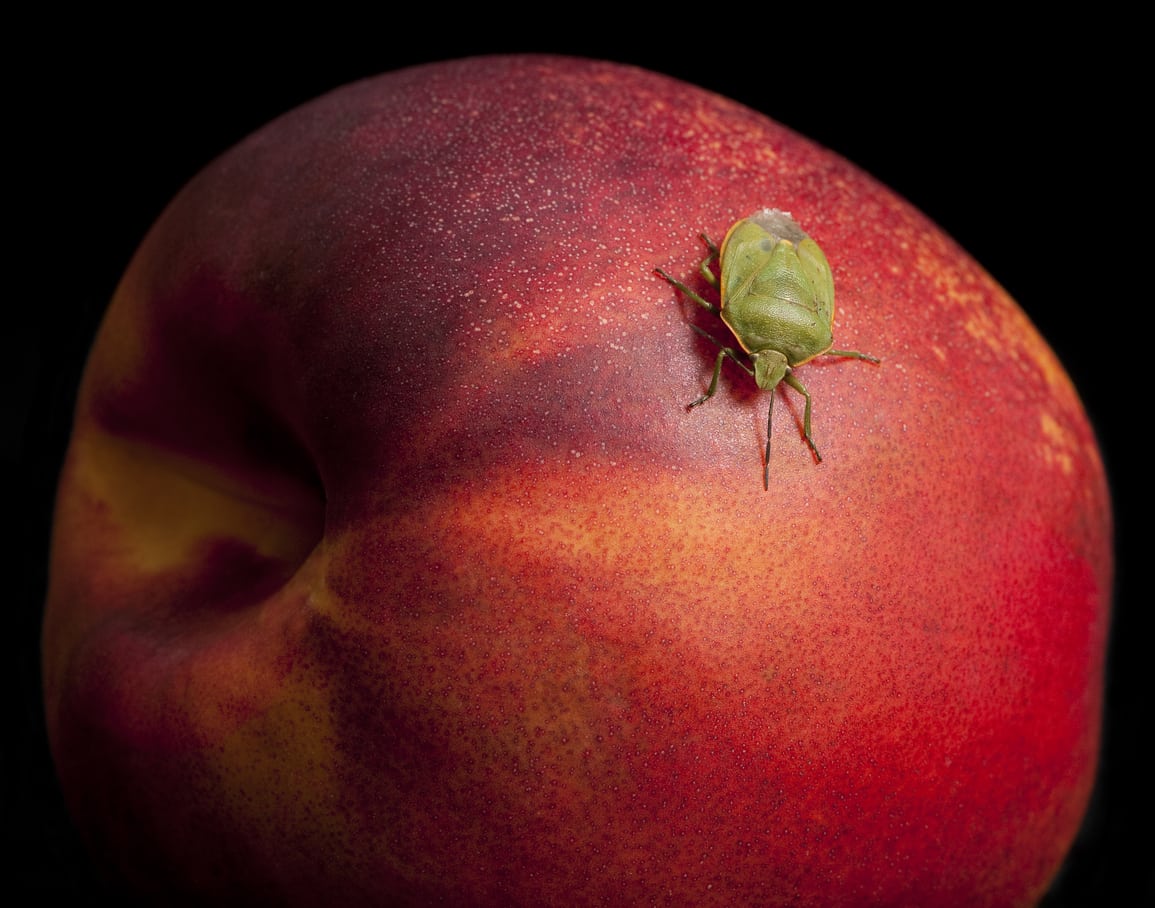

Many people choose to add fruit trees to their home gardens for a variety of reasons. Whether looking to save some money or simply wishing to have better control over how their food is produced, home orchards are a great way to ensure easy access to fresh fruit. As with most garden plantings, fruit trees are subject to environmental stress as well as from insects. Preventing, identifying, and treating these issues will ensure bountiful fruit harvests for many seasons to come.
Common Nectarine Insect Pests
Very similar to peaches, nectarines are loved for their sweet, juicy flesh. Available in both freestone and clingstone varieties, nectarines and peaches are often used interchangeably in cooking. Not surprisingly, both fruits often face the same pests in the garden. Controlling nectarine pests in the home orchard will help to maintain plant vigor, as well as help to prevent nectarine pest problems in the future.
Peach Twig Borer
Peach twig borers inhabit and impact many different parts of peach and nectarine trees. Larvae invade the limbs and new growth, causing these sections of the plant to die. Depending upon the stage of fruit development, pests may also burrow into immature nectarine fruit. Growers may notice small sections of wilted leaves on tree limbs, among the first signs of borer activity. Though damage caused by these insects may be frustrating, issues within home gardens is generally minimal, and does not require treatment.
Greater Peach Tree (Crown) Borer
Infestations of peach tree borer are most often found at the base of trees. The first symptom usually presents itself in the form of sap or frass collecting at the soil line around the trunk of the tree. You may also notice what appears as sawdust. Once inside, the larvae continue to feed and damage the inside of the tree. Due to the nature of this borer, prevention by protecting the base of the trees is the best option.
Green Peach Aphids
Many seasoned gardeners are familiar with aphids. Aphids may also choose nectarine trees and fruits and ideal host plants. The aphids feed on sap within the plant, and leave behind a sticky residue called “honeydew.” Luckily, damage from these pests is relatively minimal. In most cases, the presence of aphids will not drastically impact the health of the orchard.
Other Nectarine Pest Problems
Additional bugs that eat nectarines include:
- Earwigs
- Oriental Fruit Moth
- Plum Curculio
- Stink Bugs
- Western Flower Thrips
- White Peach Scale
Gardening tips, videos, info and more delivered right to your inbox!
Sign up for the Gardening Know How newsletter today and receive a free copy of our e-book "How to Grow Delicious Tomatoes".

Tonya Barnett has been gardening for 13 years. Flowers are her passion. She has transformed her backyard into a cut flower garden, which she regularly chronicles on her YouTube channel http://www.youtube.com/@tonyawiththeflowers.
-
 Looking For Plants To Give You The Soft And Fuzzies? Try These 5 Fuzzy Leaf Plant Options
Looking For Plants To Give You The Soft And Fuzzies? Try These 5 Fuzzy Leaf Plant OptionsLovers of texture, drama, silver foliage and tactile plants will adore these special sensory garden additions. These fuzzy leaf plant options will leave you all aglow
By Susan Albert
-
 Get Ready For A Summer Of Hummers! Grow These Full Sun Hummingbird Plants and Flowers
Get Ready For A Summer Of Hummers! Grow These Full Sun Hummingbird Plants and FlowersIf you’re lucky enough to enjoy a sunny backyard, make sure you are maxing out on your pollinator opportunities and grow these full sun hummingbird plants and flowers
By Tonya Barnett
-
Panamint Nectarine Fruit: Caring For Panamint Nectarine Trees
Panamint nectarine trees are very adaptable for home gardens and produce fruit with an excellent flavor. For more information about Panamint nectarine fruit, plus tips on caring for Panamint nectarines, the following article will help.
By Teo Spengler
-
Southern Belle Nectarines: Learn About Southern Belle Tree Care
If you love peaches but don’t have a landscape that can sustain a larger tree, try growing a Southern Belle nectarine. With its fairly diminutive height, the nectarine ‘Southern Belle’ can be container grown easily. Learn more about this fruit tree in the following article.
By Amy Grant
-
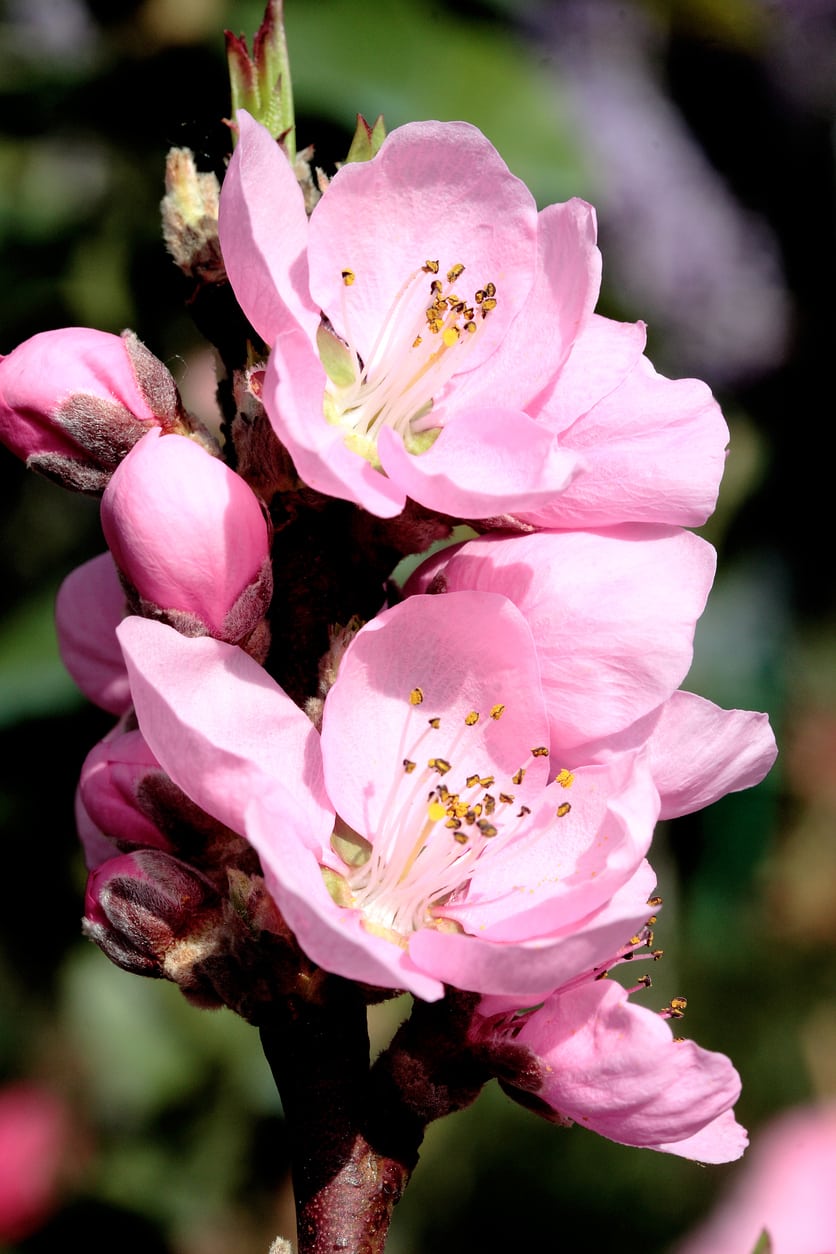 Nectar Babe Nectarine Info – Growing A Nectarine ‘Nectar Babe’ Cultivar
Nectar Babe Nectarine Info – Growing A Nectarine ‘Nectar Babe’ CultivarAccording to Nectar Babe nectarine information, these are natural dwarf trees, but grow full-size, luscious fruit. You can start growing Nectar Babe nectarines in containers or in the garden. Click here for info on these unique trees plus tips on planting.
By Teo Spengler
-
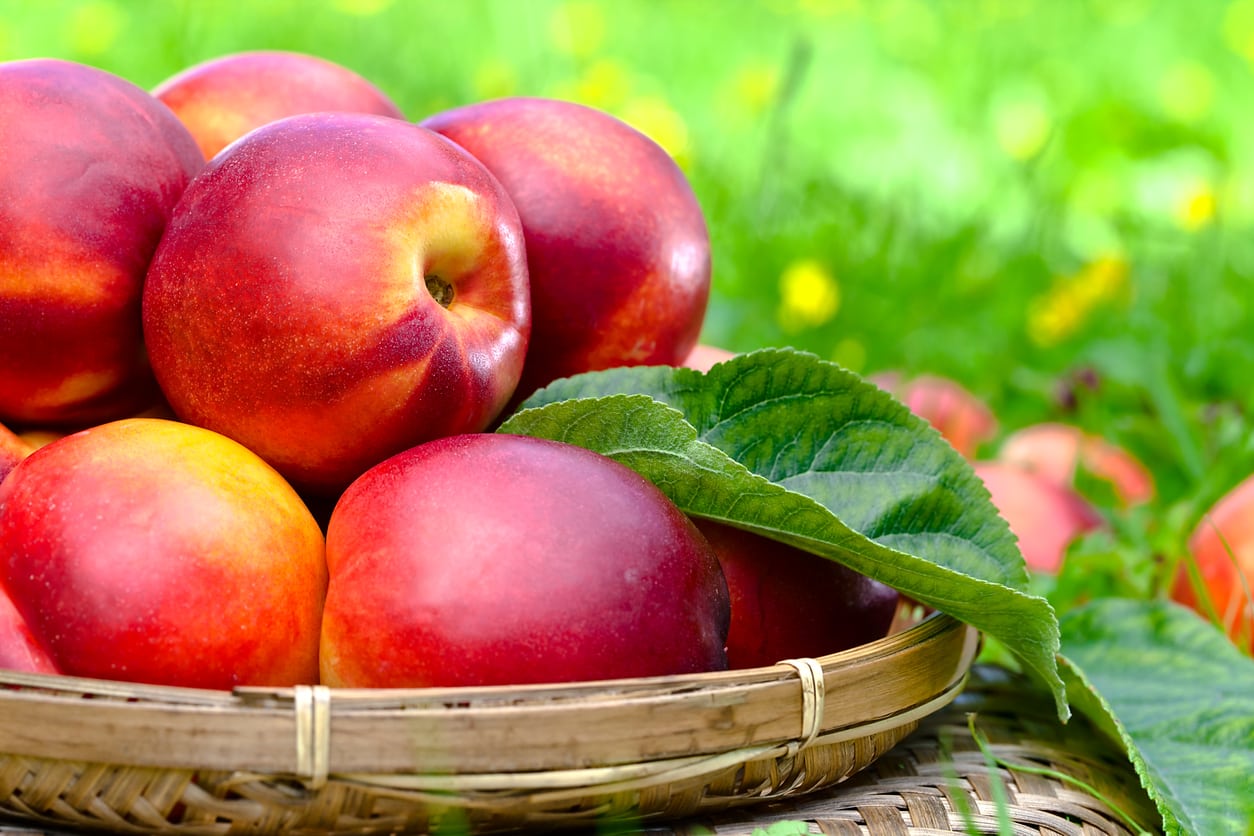 Harko Nectarine Care: How To Grow A Harko Nectarine Tree
Harko Nectarine Care: How To Grow A Harko Nectarine TreeThe Harko nectarine is a Canadian variety high on taste and cold tolerant. If you want to grow this nectarine tree, it’s important to have some facts at your fingertips. Click here for information about growing Harko nectarines and tips about Harko nectarine care.
By Teo Spengler
-
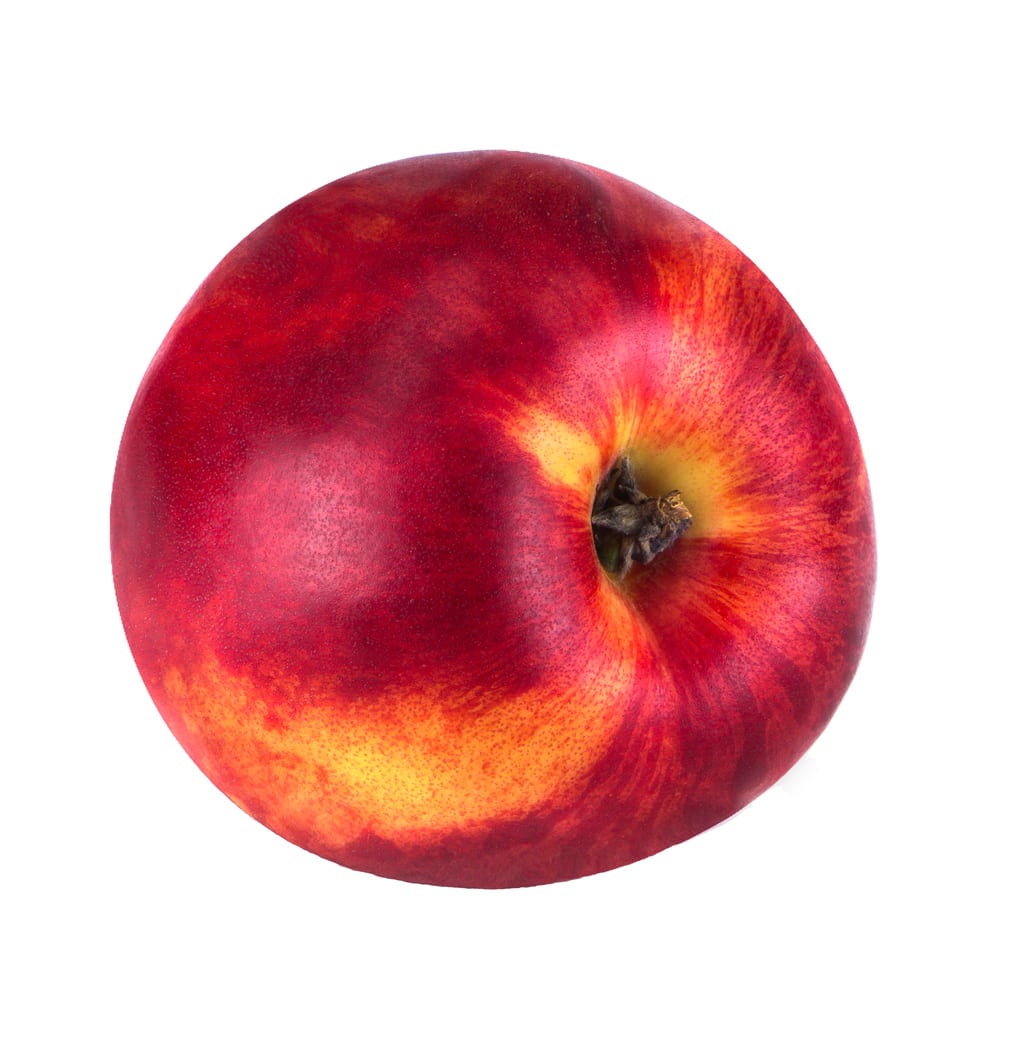 Arctic Rose Nectarine Care: What Is An Arctic Rose Nectarine
Arctic Rose Nectarine Care: What Is An Arctic Rose NectarineIf you are considering growing peaches or nectarines in a backyard orchard, Arctic Rose white nectarine is a great place to start. Click on the following article for information about this interesting cultivar, plus tips on Arctic Rose nectarine care.
By Teo Spengler
-
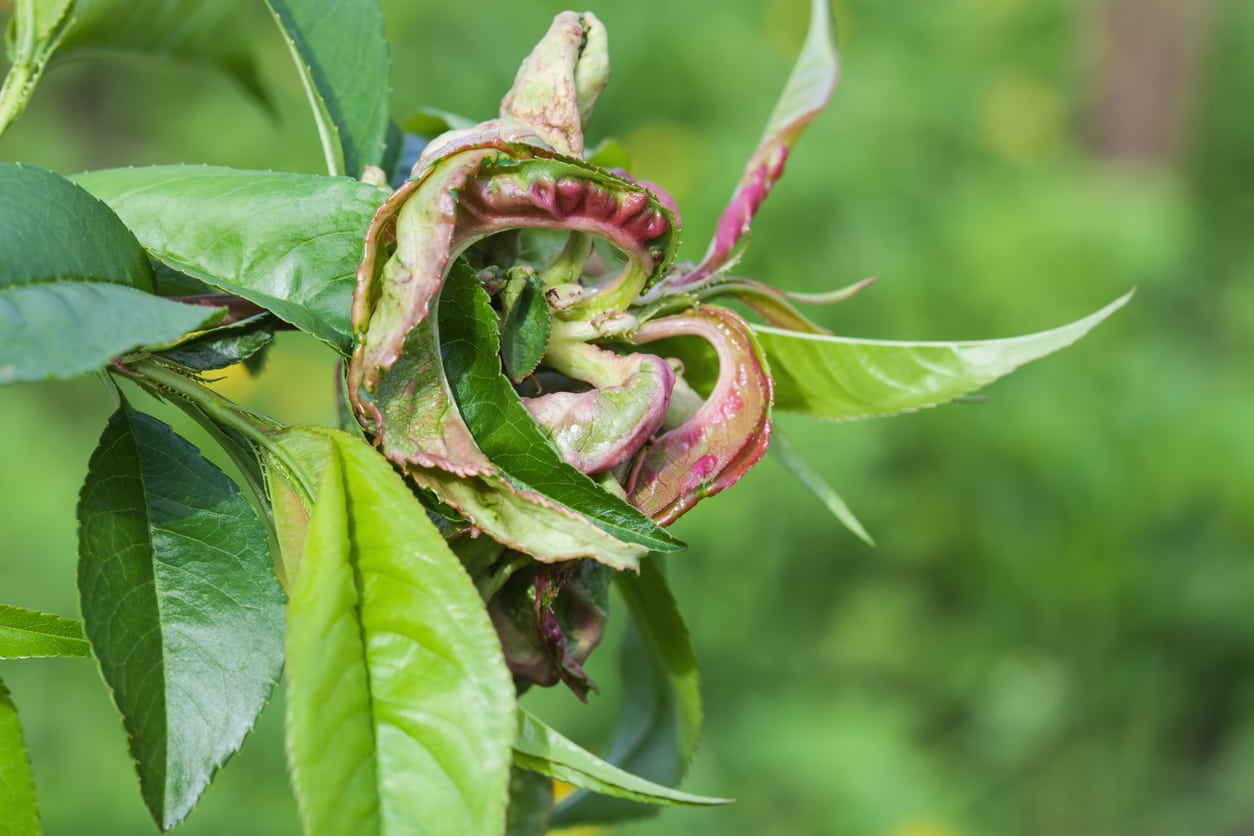 Diseases Of Nectarines: How To Spot Common Nectarine Diseases
Diseases Of Nectarines: How To Spot Common Nectarine DiseasesNectarine disease symptoms may not be readily apparent, and you may have to do some serious observation to locate issues. Others are visually evident and not hard to identify. If your nectarine tree is looking or performing differently than in years past, this article can help.
By Becca Badgett
-
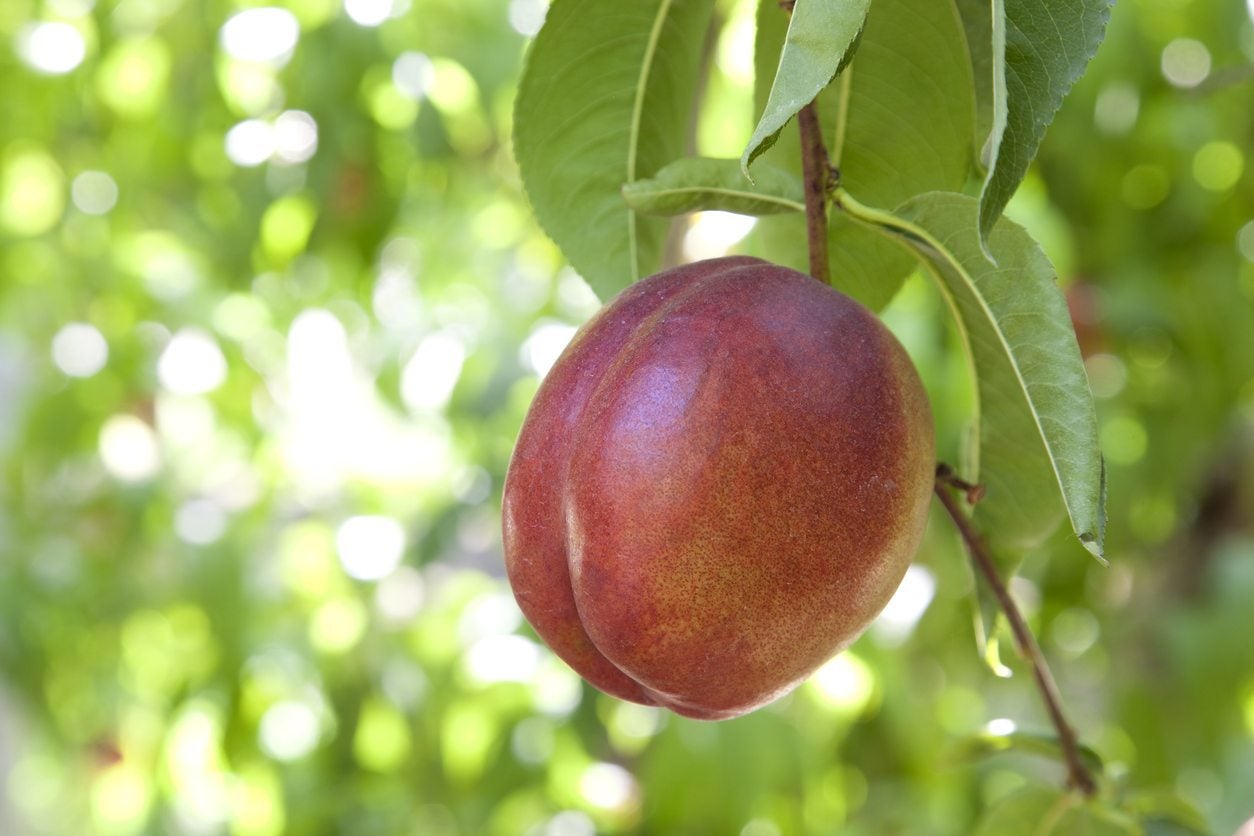 Nectarine Tree Not Fruiting – How To Get Fruit On Nectarine Trees
Nectarine Tree Not Fruiting – How To Get Fruit On Nectarine TreesGetting no fruit on the nectarine trees? If there are no obvious diseases or insect pests, why is the nectarine tree not fruiting? There are quite a few reasons for a fruitless nectarine tree. Find out how to get fruit on nectarine trees in this article.
By Amy Grant
-
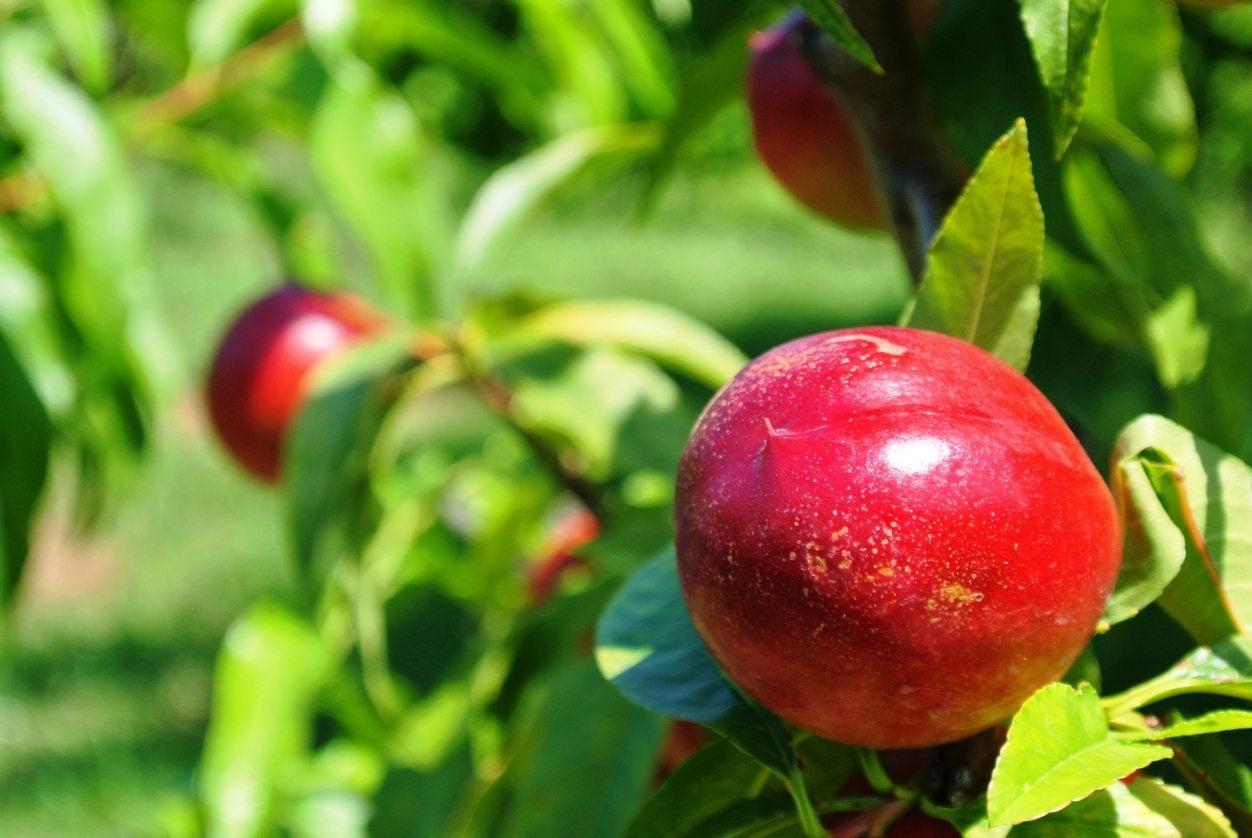 Pruning A Nectarine Tree – Learn How To Prune Nectarine Trees
Pruning A Nectarine Tree – Learn How To Prune Nectarine TreesPruning a nectarine is an important part of taking care of the tree. There are a number of reasons for cutting back a nectarine tree each with a specific purpose. This article will help with the ins and outs of nectarine pruning.
By Amy Grant